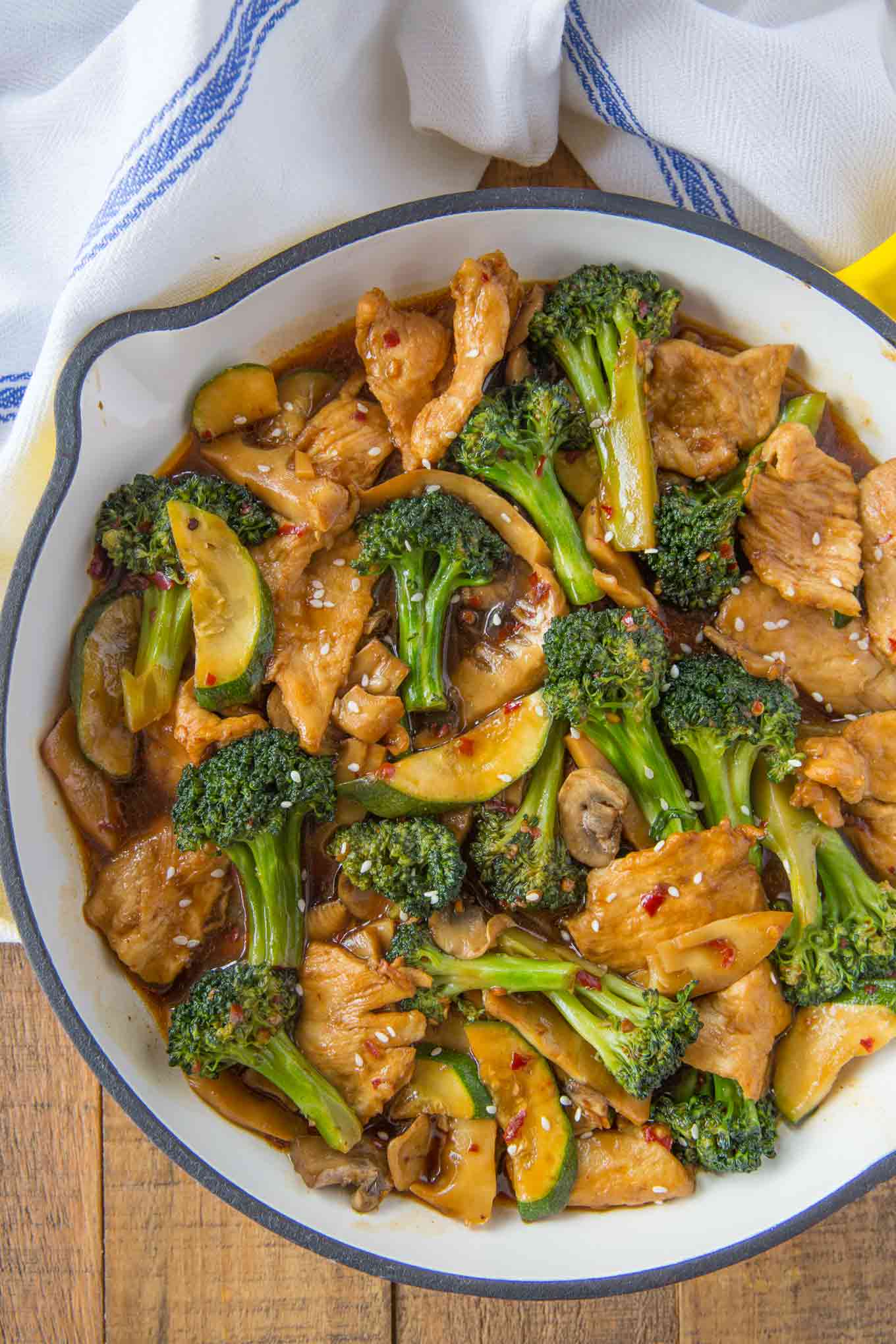

#PICTURES OF HUNAN CHICKEN HOW TO#
If you want to use chicken breast or tenderloins, see recipe notes for how to tenderise it before cooking using a touch of baking soda/bi-carb. It’s quite similar to the way crispy Sweet and Sour Pork is made – but simpler because chicken pieces are tender and easier to cook than pork.īest chicken – boneless skinless thighs, because they stay nice and juicy even if you overcook them a bit (which is easy to do if you’re not an experienced fryer). Unlike other crispy Chinese fried chicken dishes, such as Honey Chicken, the chicken is not coated with a batter but instead is tossed in cornflour/cornstarch to make it crispy. Sesame oil – for a wonderful hint of sesame flavour Ĭhicken stock – to give the sauce depth of flavour without using Chinese Cooking Wine (Shaoxing Wine) and to make enough sauce to coat all the chicken andĬornflour / cornstarch – to thicken the sauce as well as make it nicely shiny and clear (whereas wheat flour makes sauces more opaque, like with Gravy).įor the chicken, you will need two tablespoons of the Sauce we made above for marinating, as well as ginger and garlic for flavour. Hoisin sauce – the secret ingredient! Adds a hint of extra flavour that takes this recipe from ok to yummo! Best sub: White wine vinegar īrown Sugar – for the sweet in the sauce with a slight caramel note. It has a distinct flavour different to Western vinegars (it’s made from rice – did the name give it away? 😂) and it is less sour. Rice vinegar – for the signature touch of tang in General Tso’s Chicken. More on different soy sauces and when to use which sauce, here Soy sauce – light or all purpose, just not dark soy sauce (way too strong flavour and will make sauce too dark).
#PICTURES OF HUNAN CHICKEN FREE#
I like using Sambal Oelak which is a type of chilli paste sold at everyday supermarkets in Australia but feel free to use your favourite brand (preferably Asian, if you can!) Here’s what you need for the Sauce / Marinade:Ĭhilli – the spiciness in the sauce. Stir Fry – it’s not really a stir fry dish, but we do sauté garlic and ginger at the end before making the sticky sauce to toss the chicken in. No, you don’t need to deep fry for this dish and Sauce/Marinade – one mixture does double duty to marinate the chicken AND to make the sticky sauce that coats the chicken Ĭrispy Chicken – tossed in cornflour/cornstarch then fried in as little or as much oil as you want. There’s 3 parts to making General Tso’s Chicken: While the accuracy of either of these statements is questionable – and in fact, rumour has it that it was brought into the US by Taiwanese Chefs (!) – what we do know is that this is one of the most popular Chinese dishes in America and it’s not hard to understand why.Ĭrispy chicken. It is said to originate from the Hunan province of China and is named after a well-respected Chinese military leader, General Tso. Peking-Style Chicken or sometimes something mysteriously titled House Special Crispy Chicken. This is a popular Chinese-American dish that appears in suburban Chinese restaurants here in Australia under various other guises. It’s a Chinese takeout favourite that just pushes all the right buttons! Where canyons and valleys are narrow, they can funnel the winds some winds have reached speeds as high as 93 miles per hour (150 km/hr).General Tso’s Chicken is that perfect combination of sweet, savoury, spicy and tangy with crispy Chinese chicken bites. Similar to daytime flow, it forces the air to move horizontally, which then allows the airflow to complete the cycle in a cell. This upward movement is usually stopped by the temperature inversion. It converges on the valley floor and forces the air to move vertically upward. (Nature's Images)įlow downhill, causing a mountain breeze. Vegetation on this side is drier and scarcer. The leeward side of a slope in an orographic wind flow pattern receives little moisture from an air mass being pushed up and over a mountain barrier. As it cools, the air becomes denser and begins to The air along the mountain slopes cools quickly. Oftentimes, this cycle of air will develop cumuliform clouds at the mountain peaks.ĭuring the night, the opposite happens. Like the other local systems illustrated in this chapter, it creates a self-contained circulation system. Once the rising air pushes against the inversion, it moves horizontally toward the center of the valley, and drops toward the valley floor. The vertical rise of the air along the sides of the mountain is restricted by a temperature inversion layer, confining the airflow to the valley (not letting the rising air escape into the atmosphere). When the air heats, it becomes less dense and more buoyant, allowing it to start flowing up the valley sides. During the day, as the Sun heats up the land and air at the valley bottom and sides, a valley breeze develops. Mountain- valley breezes are common in areas with significant topographic relief.


 0 kommentar(er)
0 kommentar(er)
